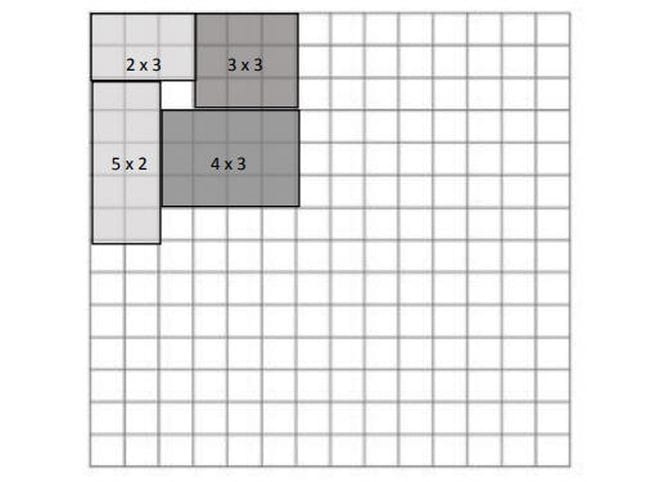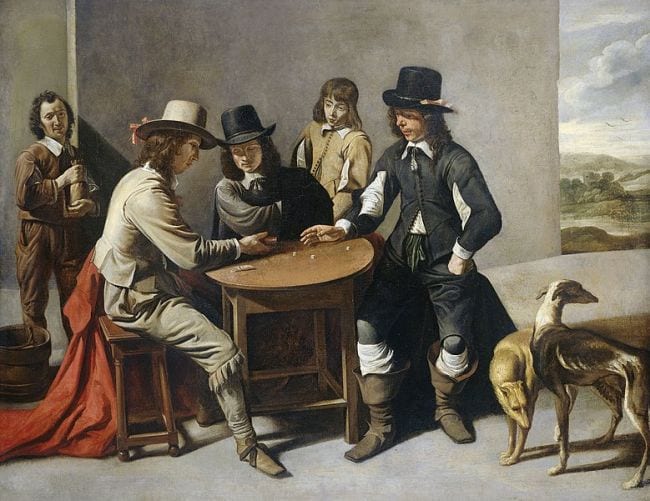
Welcome
This site is meant to provide students and parents of HBSE with additional math resources. Please feel free to contact us with questions or comments.Quick Links
Archives

Each player turns one card face up. The player with the greatest number wins the skirmish, placing his own and all captured cards into his prisoner pile. Whenever there is a tie for greatest card, all the players battle: each player lays three cards face down, then a new card face up. The greatest of these new cards will capture everything on the table. Because all players join in, someone who had a low card in the initial skirmish may ultimately win the battle. If there is no greatest card this time, repeat the 3-down-1-up battle pattern until someone breaks the tie. The player who wins the battle captures all the cards played in that turn.
When the players have fought their way through the entire deck, count the prisoners. Whoever has captured the most cards wins the game. Or shuffle the prisoner piles and play on until someone collects such a huge pile of cards that the others concede.
Variations
From: Denise Gaskin

You’ll need graph paper and colored pencils for this dice game about figuring areas. Player one rolls 2 dice and draws a rectangle using the numbers rolled as the length and width on graph paper, coloring it in if desired. The second player does the same, with play continuing until there is no room to draw any more rectangles. Decide the winner by figuring the area of the rectangles of each and adding them together.
From: We are teachers
How to Play: Draw a game board that has three place values and a trash can spot.
_______ ________ ________. Trash Can _________
Decide if you are making the largest or smallest number. Roll your die and pick where to put your number. Once placed, a digit cannot be moved.
Example: __5__ __3___ __6___ Trash can: _2___
Compare your number with the other player. Person who reached the goal (largest or smallest) wins that round.

Each player flips a domino and turns it so the larger number is on top, making an improper fraction. Then they write the mixed number and reduce it if needed. The player with the larger number keeps both dominoes.
One person picks two number and writes them down. Then they give clues one at a time.
Example: I pick 3 and 9
One person picks a number and asks the other to double it.
Next try taking 1/2 (half)
Tape a series of math facts (addition, subtraction, multiplication, or division) to the floor and see how fast you can correctly make it from start to finish saying the answers as you step on the facts. Try to keep beating your best time.
22 Active Math Games and Activities for Kids Who Love to Move
Here’s a game that’s been around for a very long time, and is great for basic addition skills. You need three dice for this one. A player rolls all three dice at once, then sets the highest die aside. Roll the remaining two, and again set aside the highest. Roll the last die, then add all three together. Each player takes a turn doing this, with the highest score winning the round. Play a set number of rounds, or see who can get to a designated number like 100 first.

From: We are teachers